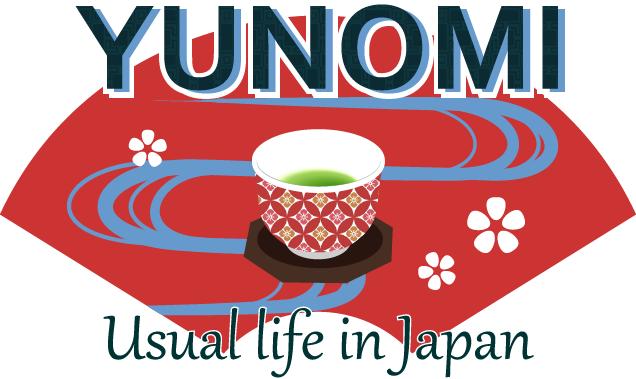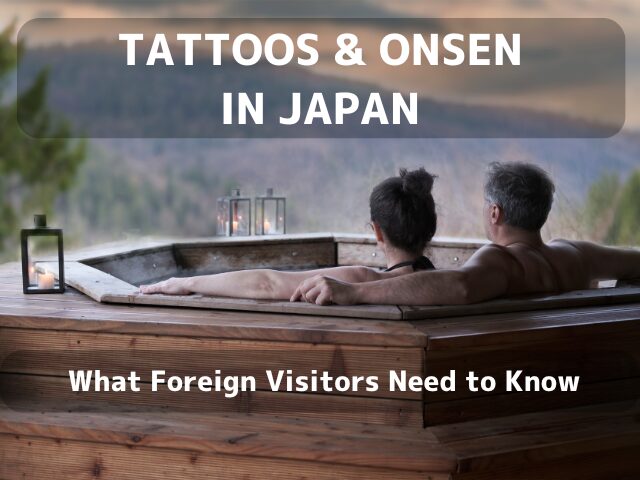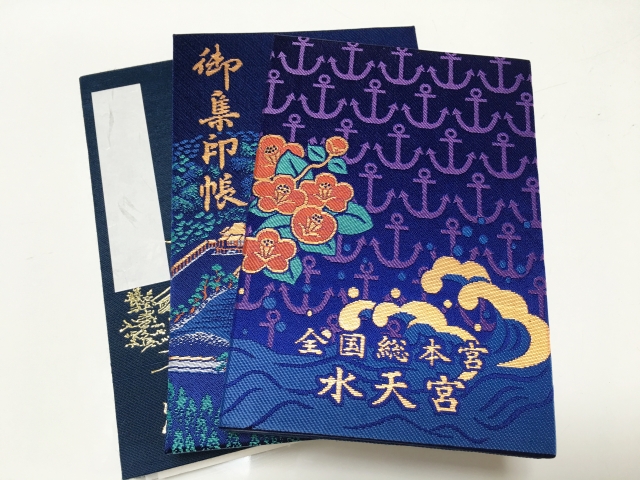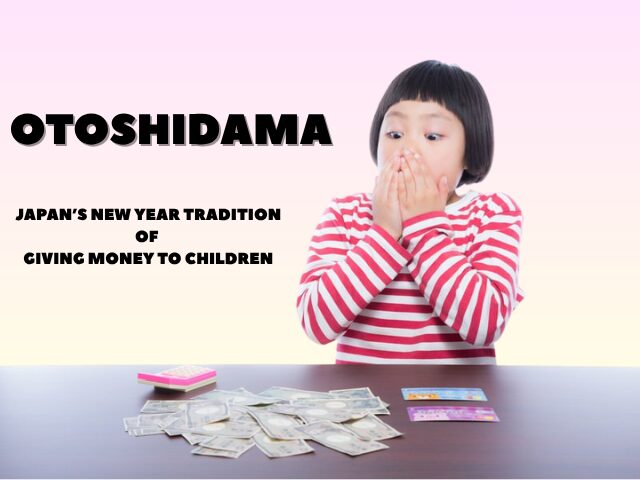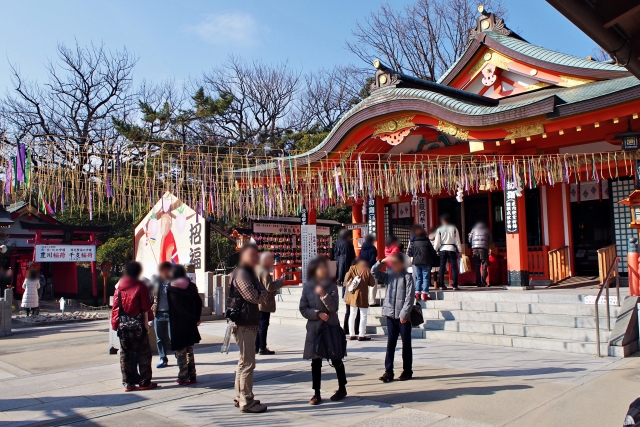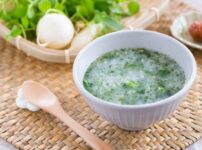NEW ENTRY
Tattoos & Onsen in Japan: What Foreign Visitors Need to Know
Tattoos & onsen in Japan is a topic surrounded by misunderstandings. Some visitors fear they will be rejected, while many Japanese are unsure how tattoos are viewed today. In reality, foreign tattoos are rarely a problem—but the historical context behind Japanese tattoos still influences onsen rules. This guide explains everything visitors need to know: why restrictions exist, how tattoos are perceived culturally, and practical ways to enjoy a hot spring even if you have tattoos. What This Article Covers (Quick Summary) Why some onsen restrict tattoos How Japanese people perceive tattoos today The difference between Japanese tattoos and foreign tattoos How to enter an onsen with tattoos Regional differences in tattoo acceptance How to find tattoo-friendly onsen FAQs answered clearly and practically What Are Japan’s Tattoo Rules in Onsens? Japan’s tattoo rules in onsens are traditional guidelines that restrict visible tattoos because of their historical association with crime—not because of foreigners. Most facilities use a simple “no tattoos” sign because they cannot judge each guest individually. However, this rule was never aimed at tourists, and attitudes continue to change. Why Tattoos Are Restricted in Some Onsen Historical Roots: Tattoos as Criminal Marks In the Edo period (1603–1868), tattoos were used as a punishment to mark criminals. This historical association remained deeply embedded in Japanese culture long after the practice ended. As a result, tattoos became a symbol of rebellion or law-breaking. Modern Era: Organized Crime and Large Japanese Tattoos During the 20th century, large full-back tattoos—irezumi—became associated with organized crime groups. This led many ...
Nanakusa-gayu: Japan’s Seven-Herb Rice Porridge for Health and Renewal
Nanakusa-gayu is a traditional Japanese rice porridge eaten on January 7 to absorb the vitality of young spring herbs and pray for good health throughout the year. More than a nutritious meal, nanakusa-gayu reflects a deeply rooted Japanese belief: that seasonal foods gently support the body. After the indulgence of New Year celebrations, this quiet dish symbolizes recovery, moderation, and renewal. What Is Nanakusa-gayu? Nanakusa-gayu is a light rice porridge cooked with seven young herbs and eaten in Japan on January 7. Unlike celebratory New Year dishes rich in flavor and calories, this porridge is intentionally simple and mild. It is designed to calm the stomach and restore balance after days of festive eating. Nanakusa-gayu is not meant to impress with taste. Its value lies in its timing, symbolism, and restraint. When Do Japanese People Eat Nanakusa-gayu? Nanakusa-gayu is eaten on January 7, a day traditionally associated with seasonal health observances. New Year feasts have ended Daily life begins to return to normal The body is thought to need rest and balance The porridge marks a quiet transition from celebration back to everyday routine. Absorbing the Vitality of Young Plants At the heart of nanakusa-gayu is an old belief: By eating the young shoots of early spring plants, people take in their seimeiryoku (生命力)—the life force of nature—and wish for a year of good health. The herbs are still tender, having survived winter and begun to grow again. This resilience is symbolically transferred to the person who eats them, expressing hopes for ...
How to Receive a Goshuin in Japan: Order, Etiquette, and Common Mistakes
Receiving a goshuin is a traditional practice in Japan that records your visit to a shrine or temple through calligraphy and a sacred seal. A goshuin is not simply something to collect. It is given after worship and reflects respect for the sacred place you have visited. This guide explains the correct order for receiving a goshuin, proper etiquette to follow, and common mistakes visitors should avoid. What Is a Goshuin? A goshuin is a sacred seal and handwritten inscription offered at Japanese shrines and temples. It serves as a record of worship rather than a souvenir. Because of this, the way a goshuin is received matters. Step 1: Pray Before Requesting a Goshuin The most important rule is simple. Always pray first. A goshuin is given as proof that you have visited and offered worship. Requesting one before praying is generally considered improper. If you are unsure how to pray correctly, see this guide: How to Pray at a Shinto Shrine in Japan Step 2: Find the Goshuin Counter After praying, look for the place where goshuin are given. This area may be labeled as: Goshuin-jo Nokyo-jo Shrine or temple office Signs are often written in Japanese, but staff members are usually accustomed to visitors. Step 3: Present Your Goshuincho Properly A goshuin is normally written directly into a goshuincho, a special book made for this purpose. When handing it over: Open the book to a blank page Place it gently on the counter Avoid pointing or speaking loudly If ...
What Is a Goshuincho? The Meaning and Role of Japan’s Sacred Stamp Books
A goshuincho is a special book used to collect goshuin, sacred seals given at Japanese shrines and temples after worship. At first glance, it may look like a simple notebook. In reality, a goshuincho plays an important cultural role, helping preserve the meaning and dignity of goshuin as religious records. This article explains what a goshuincho is, why it exists, and how it is viewed in Japanese spiritual culture, so first-time visitors can understand its purpose clearly. What Is a Goshuincho? A goshuincho is a dedicated book designed specifically for receiving goshuin. Unlike ordinary notebooks, it is treated as a respectful container for sacred inscriptions. Most goshuincho share these features: Accordion-style folding pages Thick paper suitable for brush and ink Covers often decorated with traditional patterns Each page is intended for one goshuin per visit, allowing the seal and calligraphy to be appreciated as a complete record. Why Does Japan Use a Special Book for Goshuin? The use of a dedicated book reflects how goshuin are understood in Japan. A goshuin is not just a stamp. It represents: A moment of worship A connection to a sacred place A personal spiritual record By using a goshuincho, visitors show that they recognize this deeper meaning. Placing goshuin in random notebooks would blur the line between sacred record and casual souvenir. The Cultural Role of Goshuincho A goshuincho serves as more than simple storage. Over time, it becomes a quiet chronicle of one’s journey through sacred spaces. Many people view their goshuincho as: A ...
What Is a Goshuin? The Meaning Behind Japan’s Sacred Shrine and Temple Seals
A goshuin is a sacred seal and handwritten inscription given at Japanese shrines and temples as proof of worship. It is often mistaken for a souvenir stamp, but goshuin grew out of pilgrimage culture and carries religious and cultural meaning. In this guide, you’ll learn what a goshuin is, where it comes from, and why it still matters today—so you can understand this tradition with respect and confidence. What Is a Goshuin? A goshuin is a traditional mark received at shrines and temples after proper worship. It typically includes: Red seals representing the shrine or temple Black calligraphy handwritten by a priest or attendant The date of your visit, written in brush script A goshuin is not given automatically. Because it is tied to worship, it should be treated as a spiritual record—not a casual collectible. In simple terms: A goshuin is proof that you respectfully visited and worshipped at a sacred place in Japan. The Origins of Goshuin The tradition began in Buddhist temples. Historically, pilgrims received seals as proof that they had copied or offered Buddhist sutras as part of devotional practice. Over time, the custom expanded: It spread beyond temples Shinto shrines adopted goshuin as records of worship It became accessible to ordinary travelers, not only religious pilgrims Even as the practice evolved, the core idea stayed the same: a physical record of devotion and respect. Goshuin Are Not Souvenirs or Stamp Rallies Because goshuin can look decorative, some visitors assume they are similar to travel stamps. This is ...
